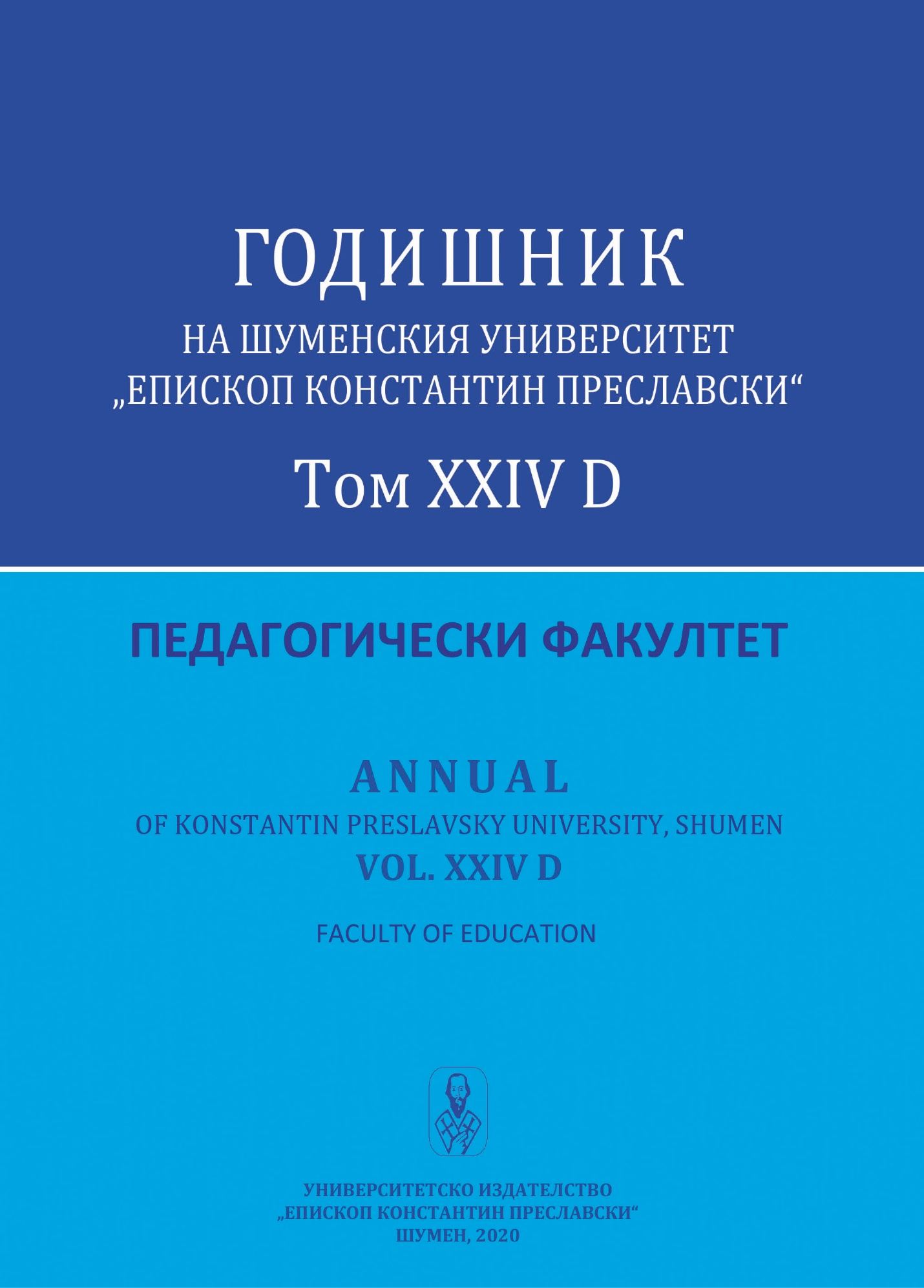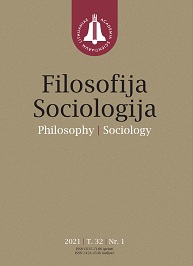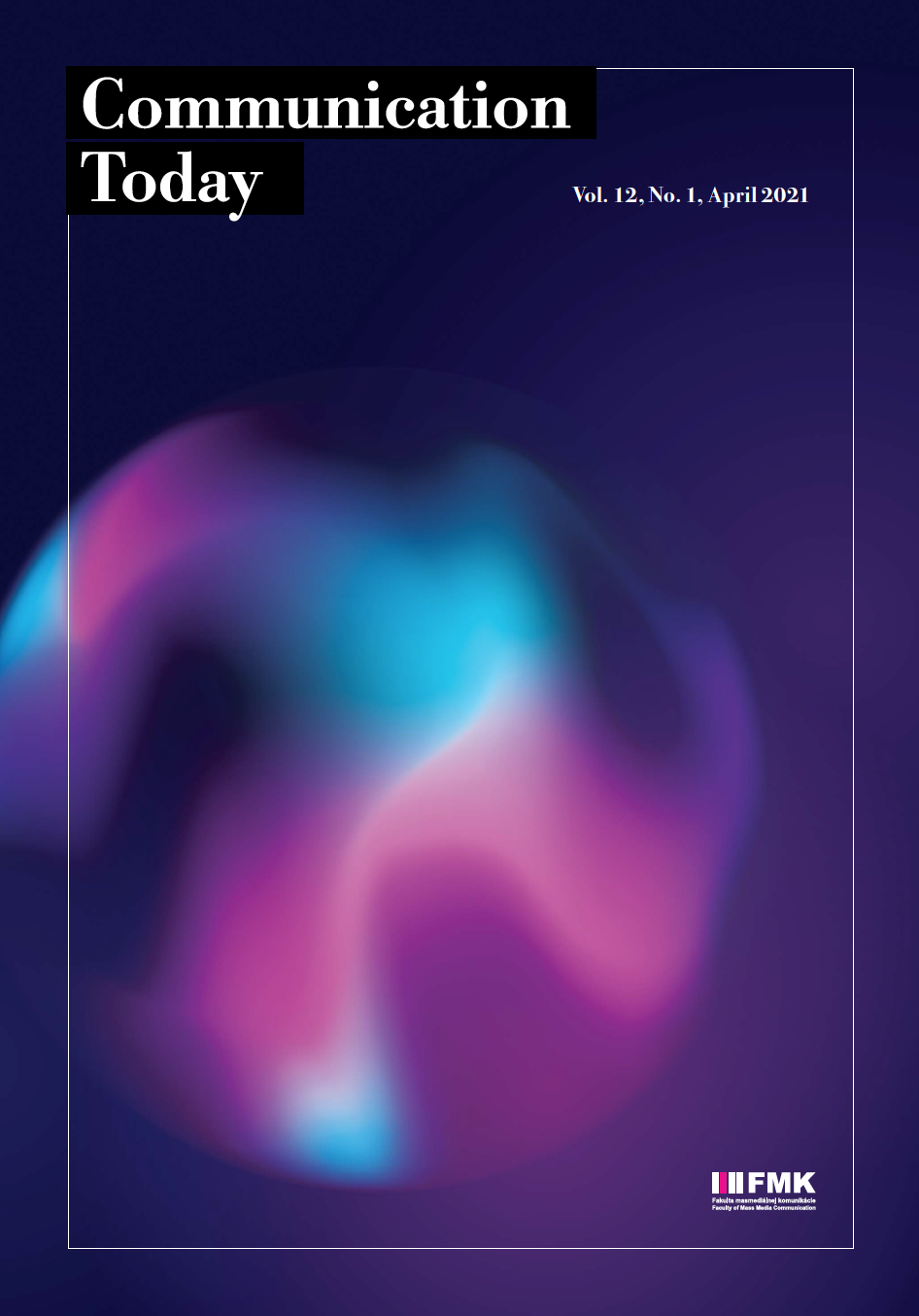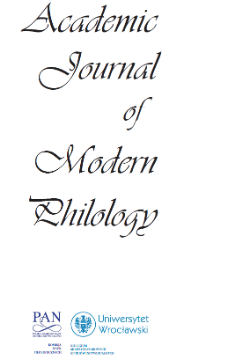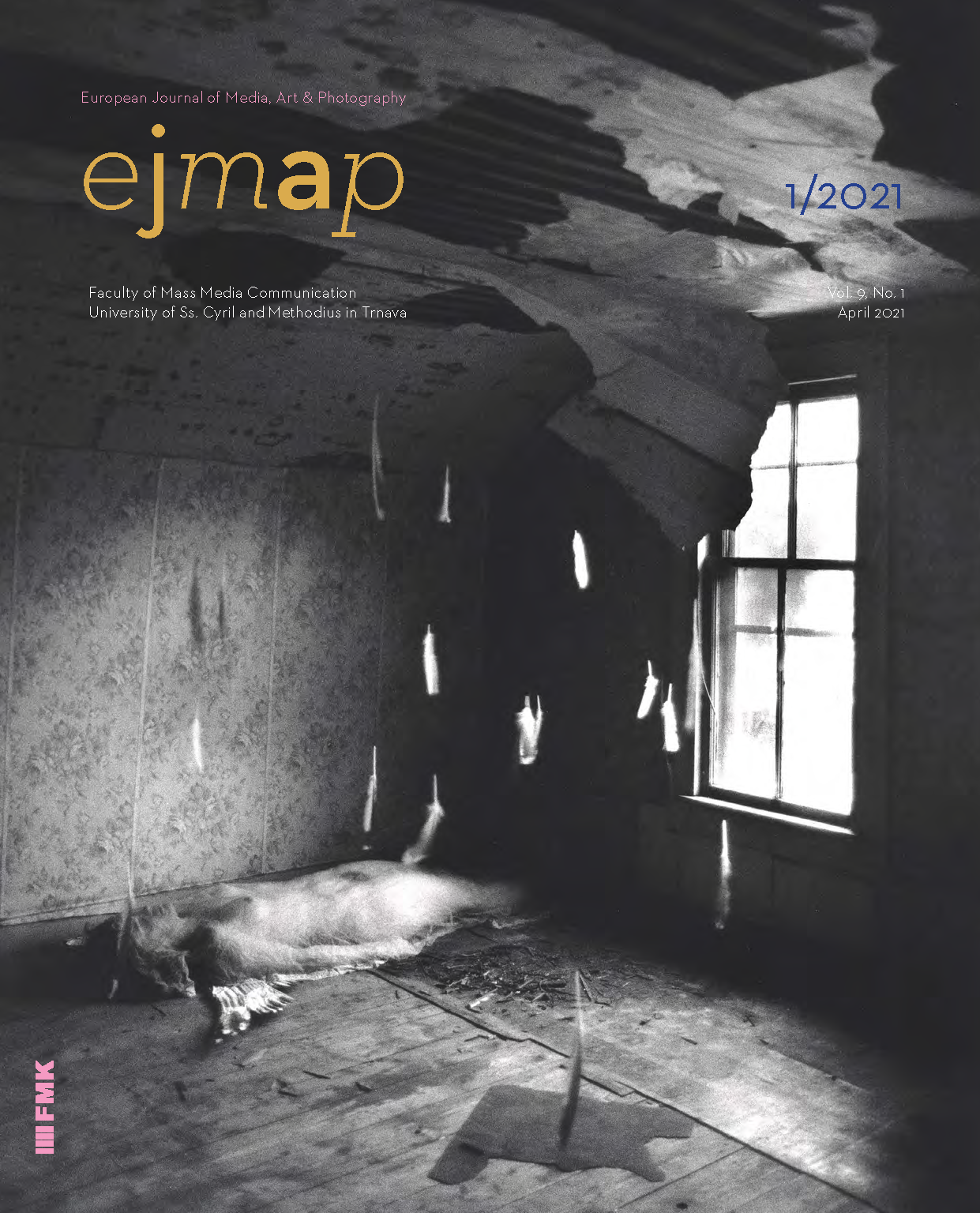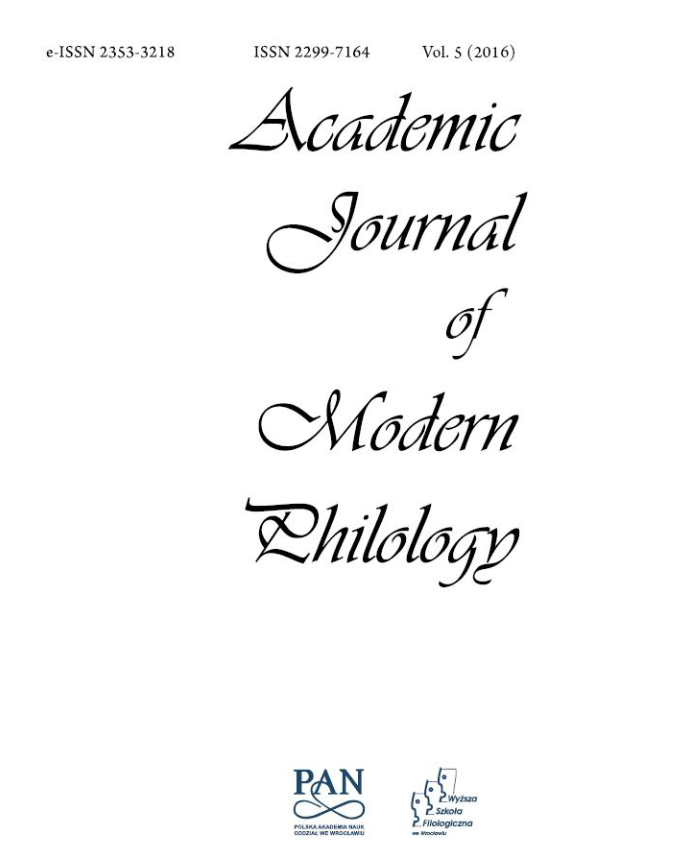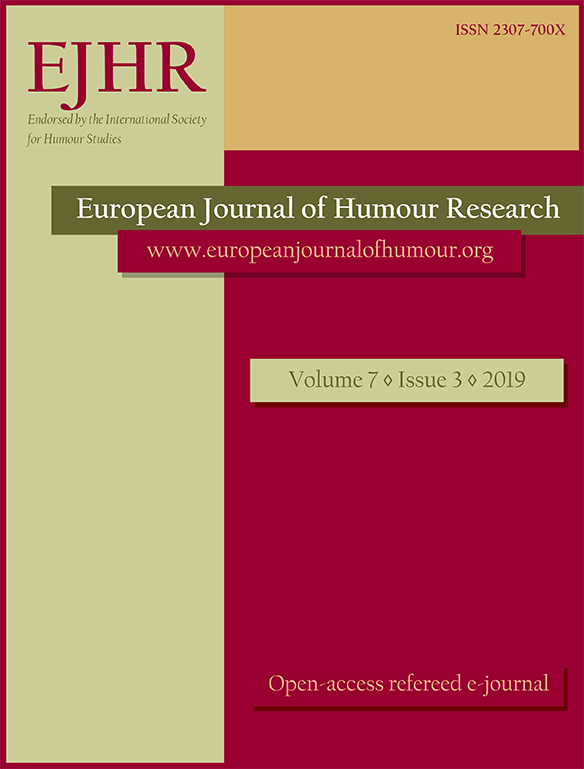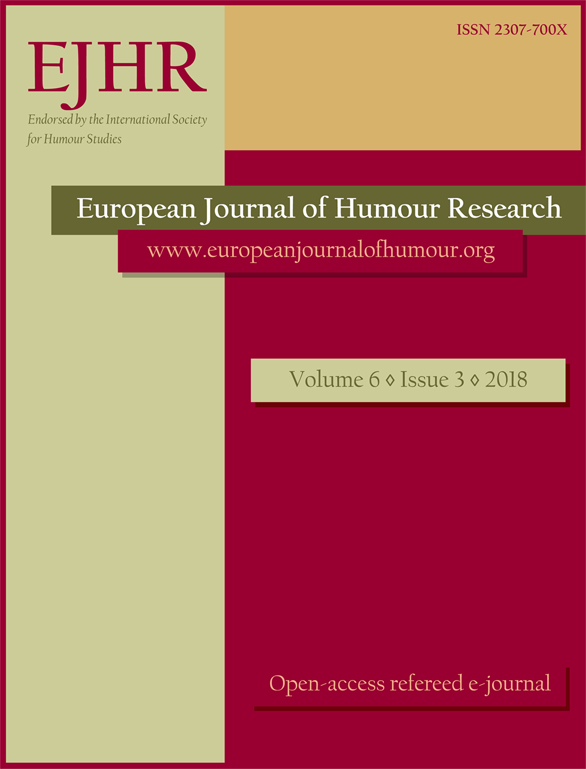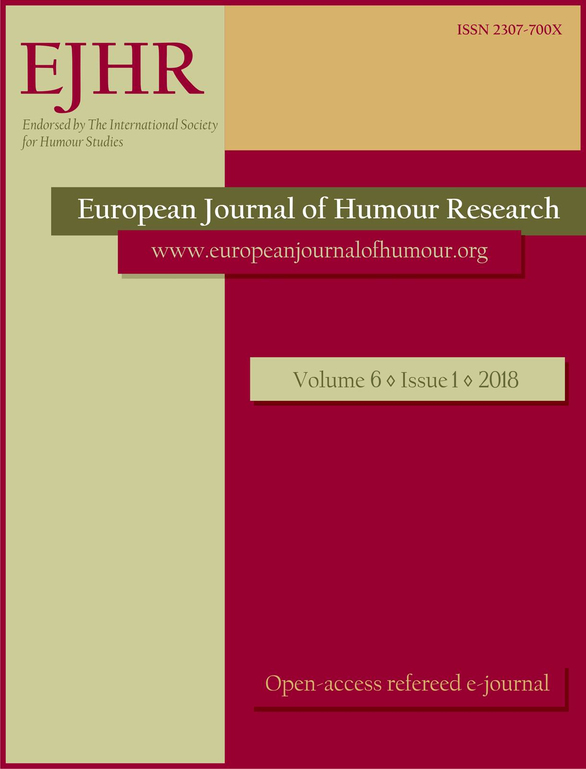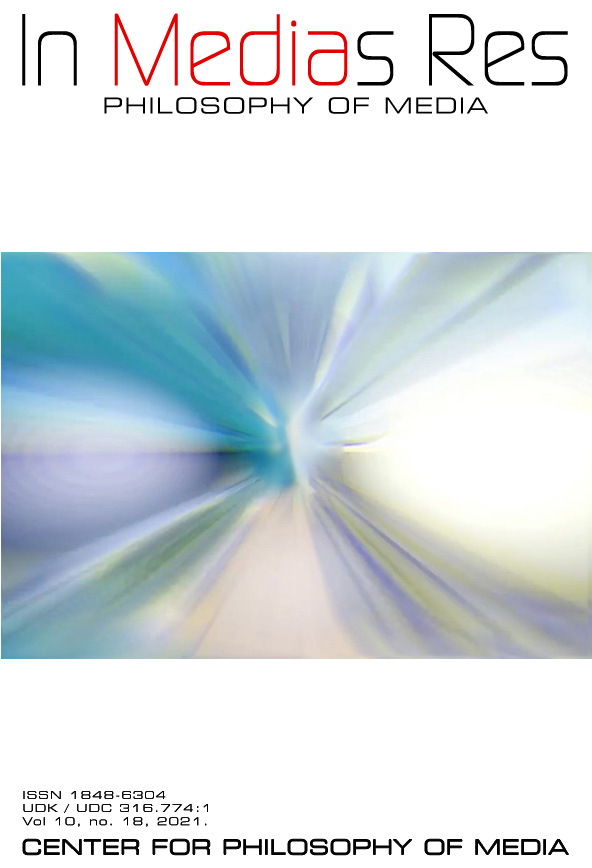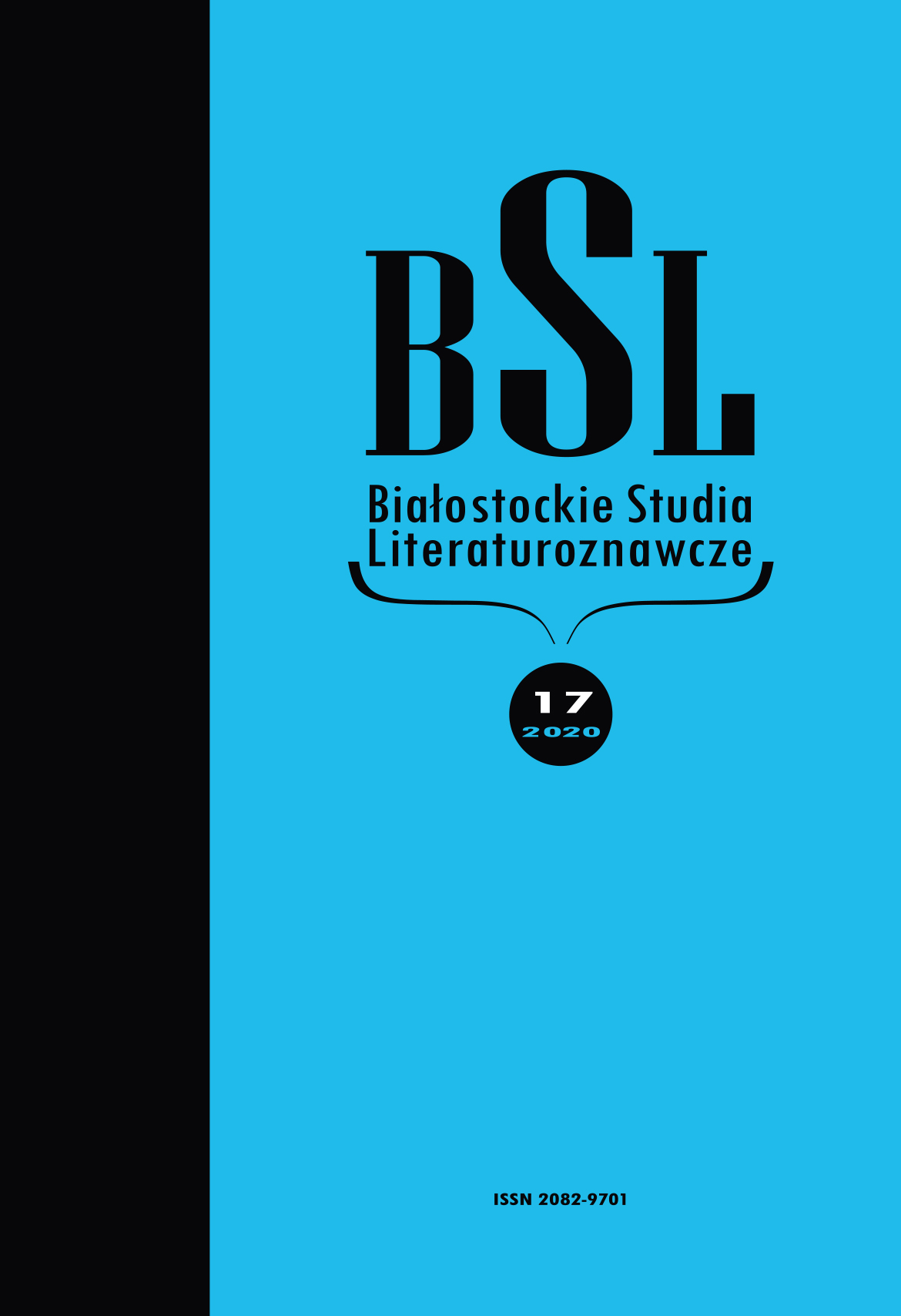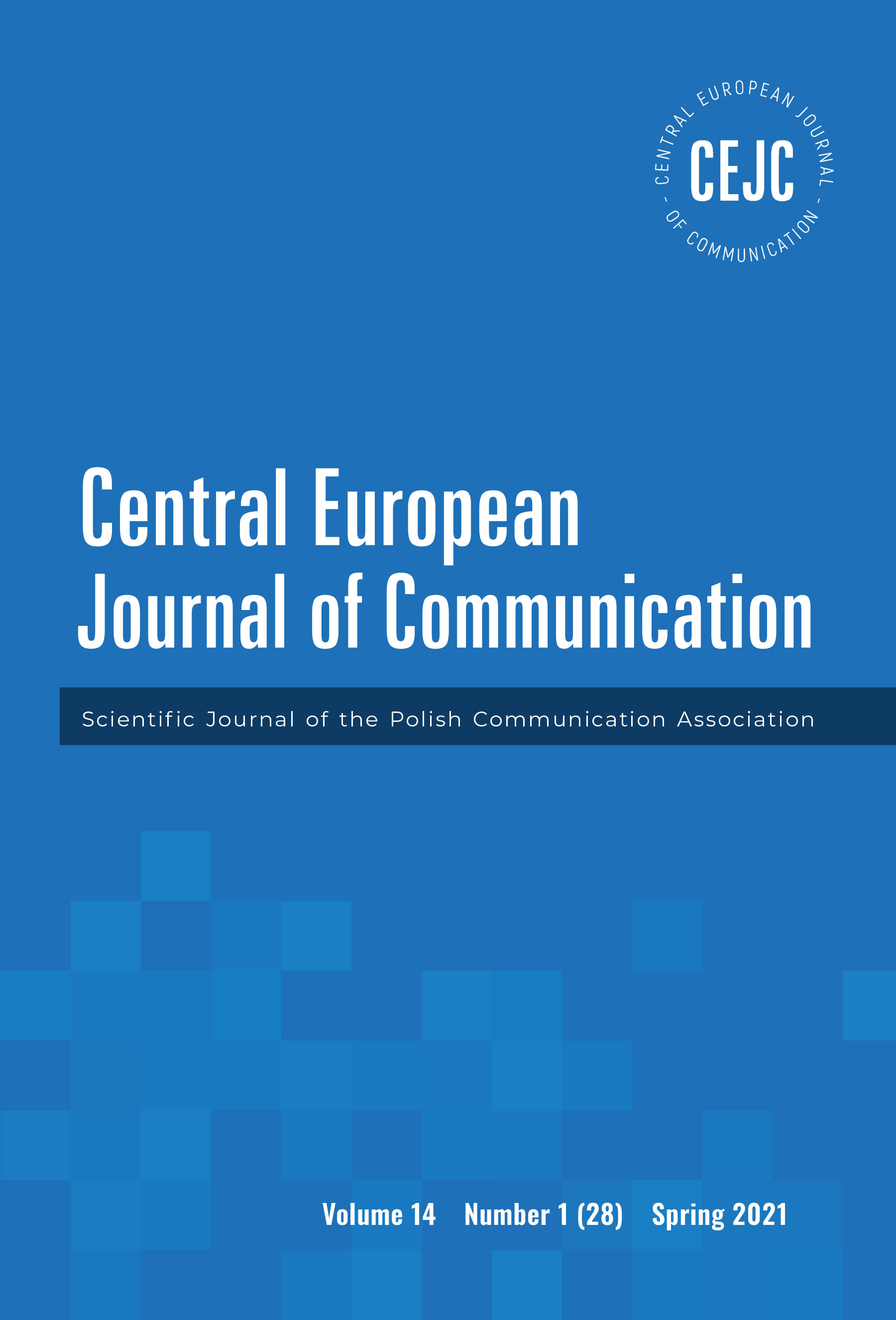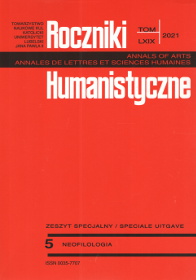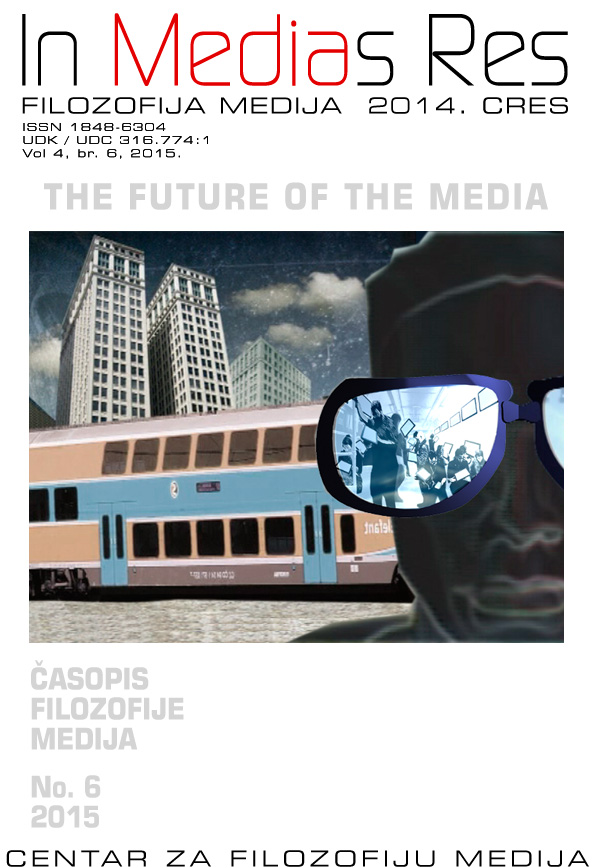
Medijske kompetencije školskih pedagoga u suzbijanju vršnjačkog nasilja
Violence is common in modern society, the problem we face both adults and children. Peer bullying affect all the changes that are happening in political, social, scientific, media and education structures in society. However, we can not wait to improve the situation in the society that we accept solving problems with violence among youth. The paper analyzes the role and importance of media competence in school educators. Special emphasis in this paper is focused on the necessity of education of school pedagogues in the acquisition of media competence to avert the suppression of bullying.
More...
